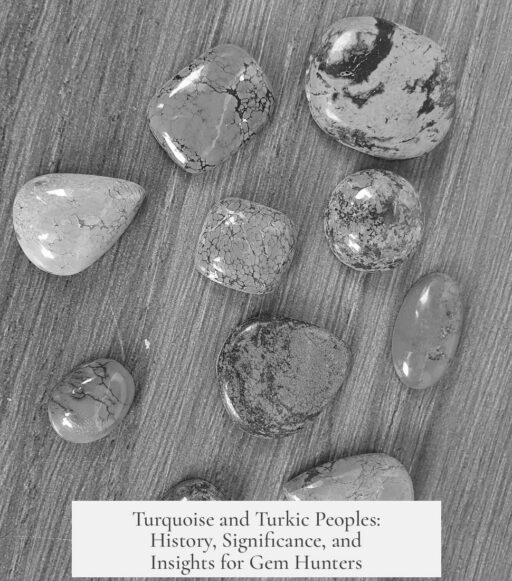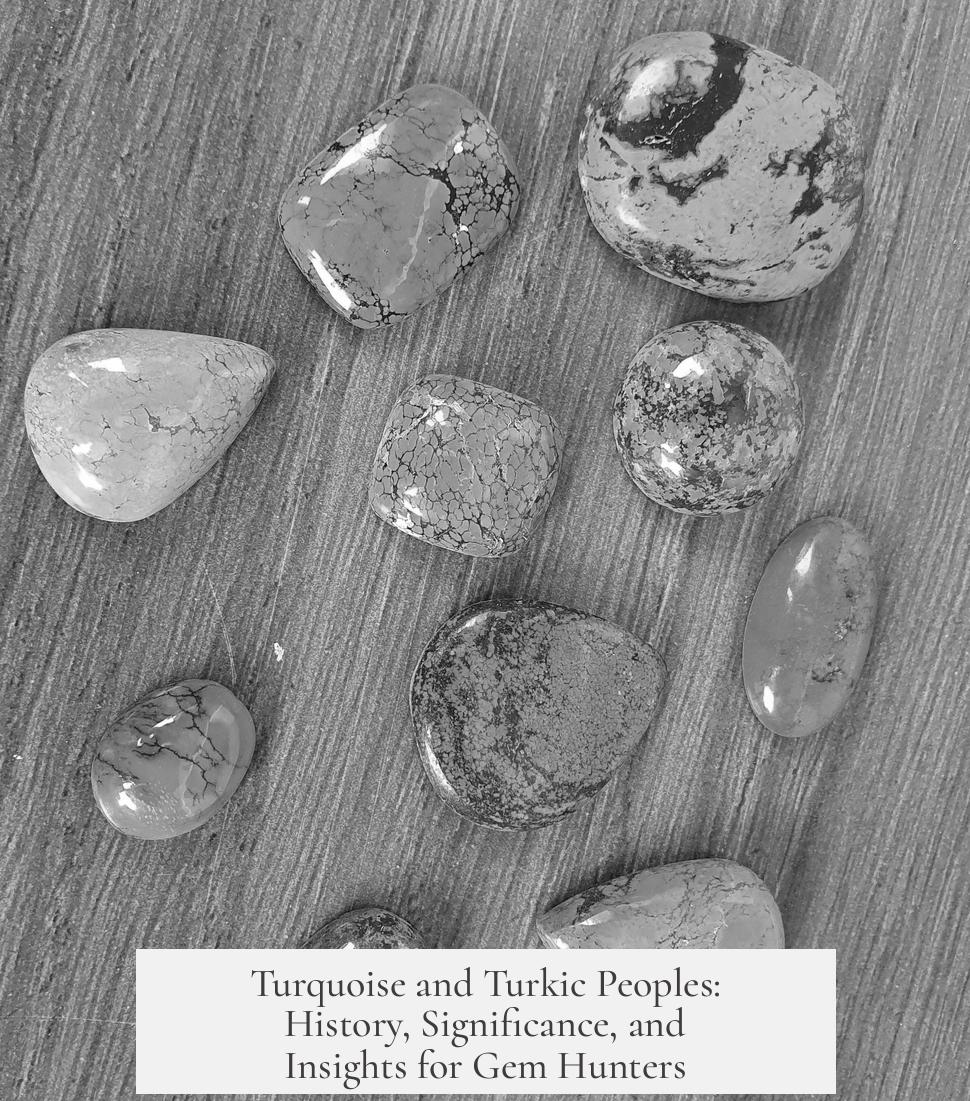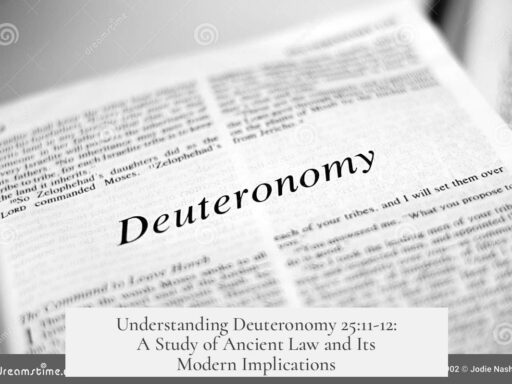The word “turquoise” traces directly to the Turkic peoples through its origin and historical usage in European languages, linking the stone to Turkey and Turkestan. The English term “turquoise” comes from the Old French phrase pierres turqueise, meaning “Turkish stones.” This etymology appears consistently across many European languages: Italian (turquino), Portuguese (turqueza), Spanish (turquesa), German (türkis), Dutch (turkoois), Danish (turkis), and Swedish (turkos), each reflecting a common root that connects the gemstone to Turkic lands.
Historical records reinforce this association. The Oxford English Dictionary (OED) references Marco Polo’s 13th-century travels, mentioning stones called turquesses, a clear link to the region historically known as Turkestan. This demonstrates that by the 1300s, Europeans identified the gemstone with Turkic areas, likely due to trade routes or perceived origins.
Medieval English texts further confirm this connection. The 1398 English translation of De Proprietabus Rerum describes a yellow-white stone named after the “country of Turkeis” (Turkey), highlighting its valued properties such as preserving sight and fostering joy. In the same year, Bartholomew de Glanville explicitly states that the turquoise stone’s name derives from the Turkish country, cementing the link between the gemstone and Turkic peoples in medieval understanding.
These points show that “turquoise” is not merely a random name but one reflecting historical and cultural ties to the Turkic regions. The name likely arose from the stone’s trade route passing through or its origin in territories associated with the Turkic peoples. This naming tradition survived centuries and is embedded in many European languages, signaling a lasting relationship between the gemstone and the Turkic world.
| Aspect | Details |
|---|---|
| Etymology | From Old French pierres turqueise, meaning “Turkish stones.” |
| Cross-Language Cognates | Italian, Spanish, German, Dutch, Danish, Swedish share similar roots linking to Turkic origins. |
| Historic References | Marco Polo’s 13th-century texts and 1398 English literature explicitly connect turquoise to Turkish lands. |
| Medieval Perception | Turquoise thought to originate from or be associated with Turkestan or Turkey. |
- The term “turquoise” originates from the designation “Turkish stone.”
- European languages reflect a shared Turkic connection in naming the gemstone.
- Historical accounts attribute the stone to Turkic regions, especially Turkestan and Turkey.
- Medieval texts show recognition of the stone’s association with the Turkic peoples and their lands.
What’s the Deal with Turquoise and the Turkic Peoples?
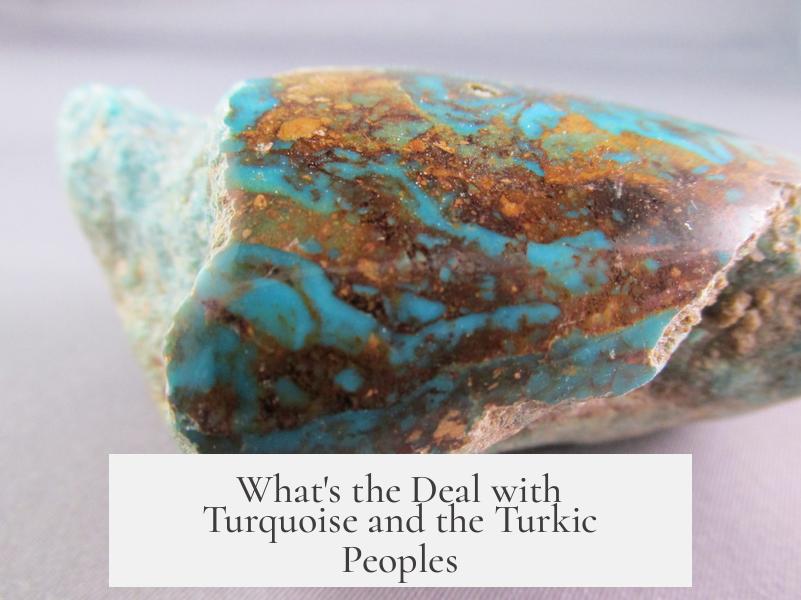
Turquoise is literally named after the Turks. But why would a beautiful blue-green gemstone carry the name of a vast group of diverse peoples? And what’s the real connection between this vibrant stone and the Turkic cultures of Central Asia? Pull up a chair and grab your virtual pickaxe—it’s time to dig into history, language, and geography to uncover the story behind turquoise and the Turkic peoples.
Let’s cut to the chase. The English word turquoise comes from the Old French pierres turqueise, meaning “Turkish stones.” That’s right—when medieval Europeans first encountered this precious gem, they associated it with the land of the Turks. This association wasn’t limited to English. Italian has turquino, Portuguese turqueza, Spanish turquesa, German türkis, and more. Countless European tongues echo the same root, all pointing to a Turkic origin for the stone’s name.
How did this happen? More than just a linguistic coincidence, it’s a reflection of how medieval Europe viewed the gemstone’s provenance. They believed it came from the Turkic regions—what they called “Turkestan,” a vast area spanning modern-day Central Asia, where Turkic peoples have thrived for centuries.
Early Mentions and the Medieval Mindset
Interestingly, the famous traveler Marco Polo referred to the stone as pierres qui s’appellent turquesses—“stones called turquesses”—back in the 1300s. That’s quite early for Europeans to be pinpointing Turkestan as a source. The idea stuck, cementing a geographical and cultural link between the Turkic populations and turquoise.
Fast forward to 1398. In an English translation of De Proprietabus Rerum, an encyclopedic work of the day, we encounter a vivid description:
“Turtogis that is also [called] Turkeis is a yellow-white stone and has that name of the country Turkeis. This stone keepeth and saveth the sight and breedeth gladness and comfort.”
Here, Bartholomew de Glanville explicitly states the stone’s name comes from the country of the Turks. Imagine medieval Europeans believing that turquoise not only came from Turkey but also possessed magical powers to “save the sight.” It’s a gem of myth and medicine combined.
Why This Matters: More Than Just a Name

The link between turquoise and the Turkic peoples isn’t just a linguistic quirk. It reflects the historical trade routes and cultural exchanges that linked Europe, Asia, and the Middle East. The Silk Road ran through Turkestan, serving as a highway where goods, culture, and stories flowed. Turquoise, mined in regions like the Shahsavan areas of Iran or what is now southwestern China and Central Asia, likely passed through Turkic merchants into European markets.
Turkic peoples have a rich tradition of valuing turquoise. It appears in jewelry, talismans, and art. In many Turkic cultures, turquoise is a symbol of protection and good fortune—consistent with the medieval European belief in its healing powers. So the name “Turkish stone” isn’t just a map point; it’s a testament to centuries of cultural reverence and economic importance.
Practical Tips for the Curious Gem Hunter or History Buff
- Explore the origins: When you see turquoise jewelry or artifacts, remember that its story traces back to Turkic lands and Central Asian history.
- Spot linguistic cousins: If you encounter variations like turquesa or türkis, you’re witnessing the wide-reaching impact of Turkic culture on European languages.
- Appreciate cultural symbolism: Beyond its beauty, turquoise symbolizes protection in Turkic traditions—a detail that adds depth to the gem’s meaning.
Curiosity Sparks Connections
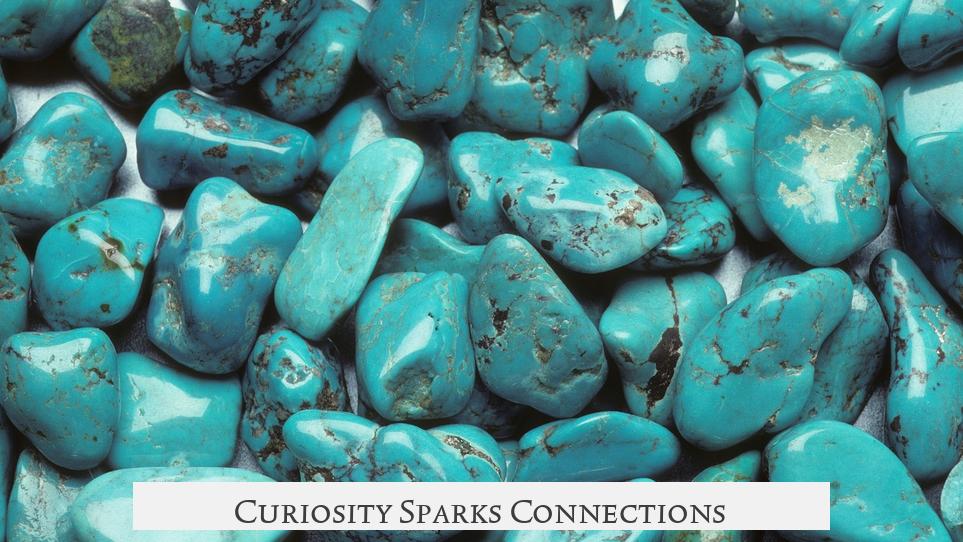
Next time you see a piece of turquoise, ask yourself—what journeys has this stone taken? How many hands from Turkic traders to European craftsmen shaped its tale? Language, history, and culture intertwine beautifully in “turquoise,” turning a simple gem into a historical ambassador.
Isn’t it fascinating how one word can open a portal to the past, connecting stone, people, and place across continents?
Summary of Surprising Facts
| Fact | Insight |
|---|---|
| Turquoise means “Turkish stone” in Old French | Shows the medieval European belief of its origin in Turkestan. |
| European languages share similar names for turquoise | Reflects cultural and trade connections with Turkic peoples. |
| Marco Polo’s Travels (1300s) reference “turquesses” stones | Early recognition of the Turkic connection. |
| Bartholomew de Glanville (1398) calls it a stone named after Turkey | Explicit medieval attribution of origin and implied cultural significance. |
| Turkic cultures revere turquoise as a protective, lucky stone | Gives deeper meaning beyond trade and naming. |
In closing, turquoise isn’t just a pretty rock. It carries the echoes of ancient merchants, travelers like Marco Polo, the linguistic footprints of Europe, and the rich heritage of the Turkic peoples. Next time you admire turquoise’s peaceful blue, remember you’re looking at a shimmering thread woven through history and culture.
What other gems do you think carry hidden stories about people and places? Share your thoughts—history is full of surprises!
